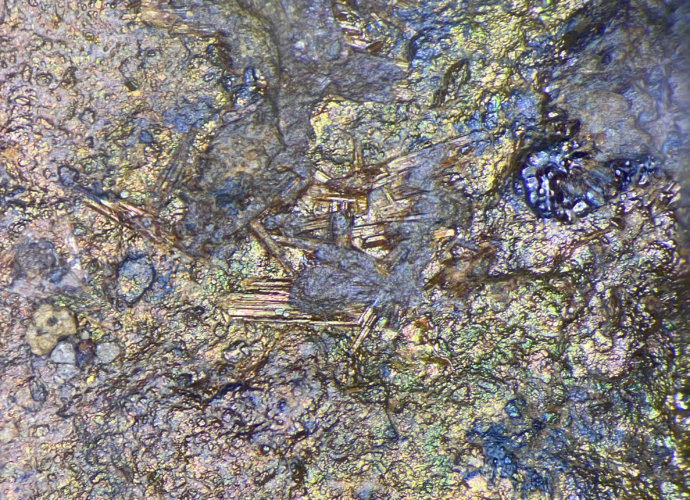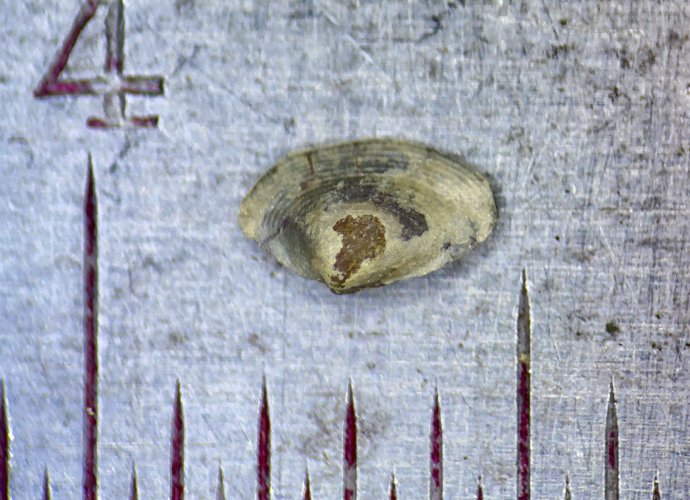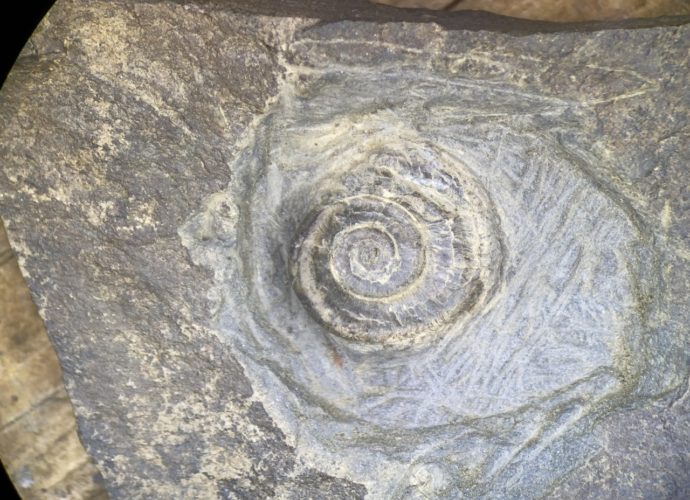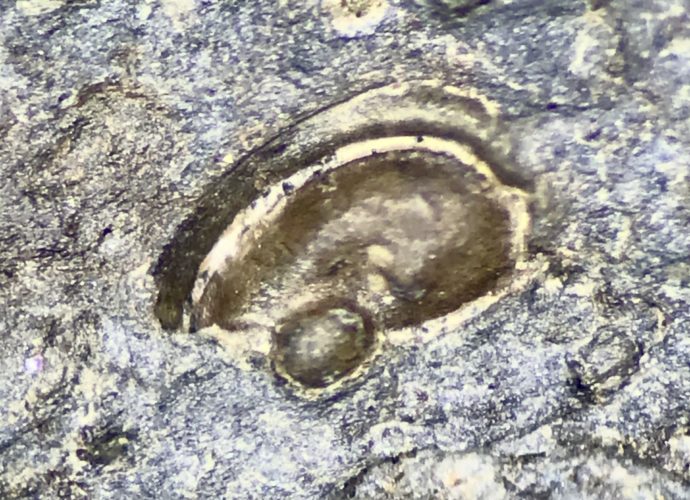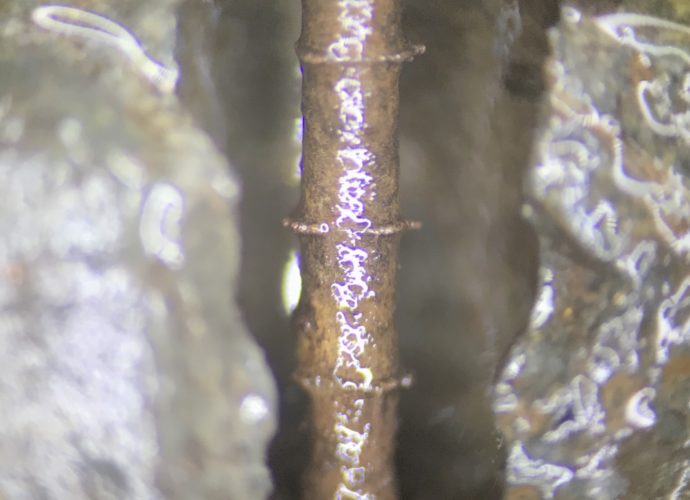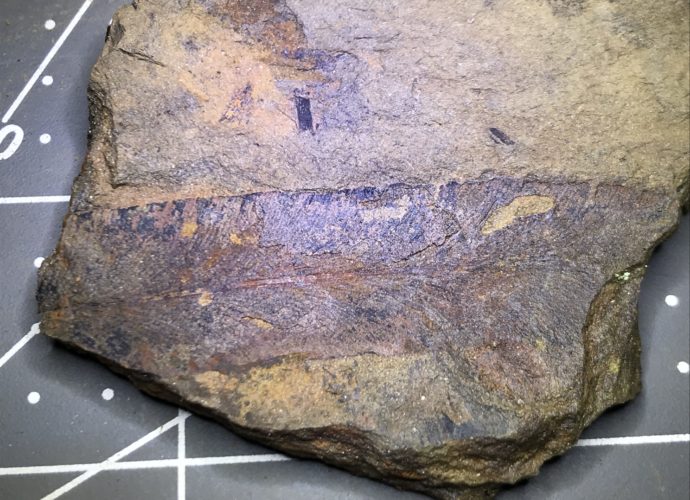New Photography of Our First Seven Specimens
In writing the most recent research article, Aviculopinna, I set up an area to photograph specimens. While having this setup available, I went ahead and re-photographed the first seven specimens in the fossil catalog. Specimen CG-0001 John Harper identified this specimen as possibly being Orthotetes, a brachiopod. The preservation isRead More →


